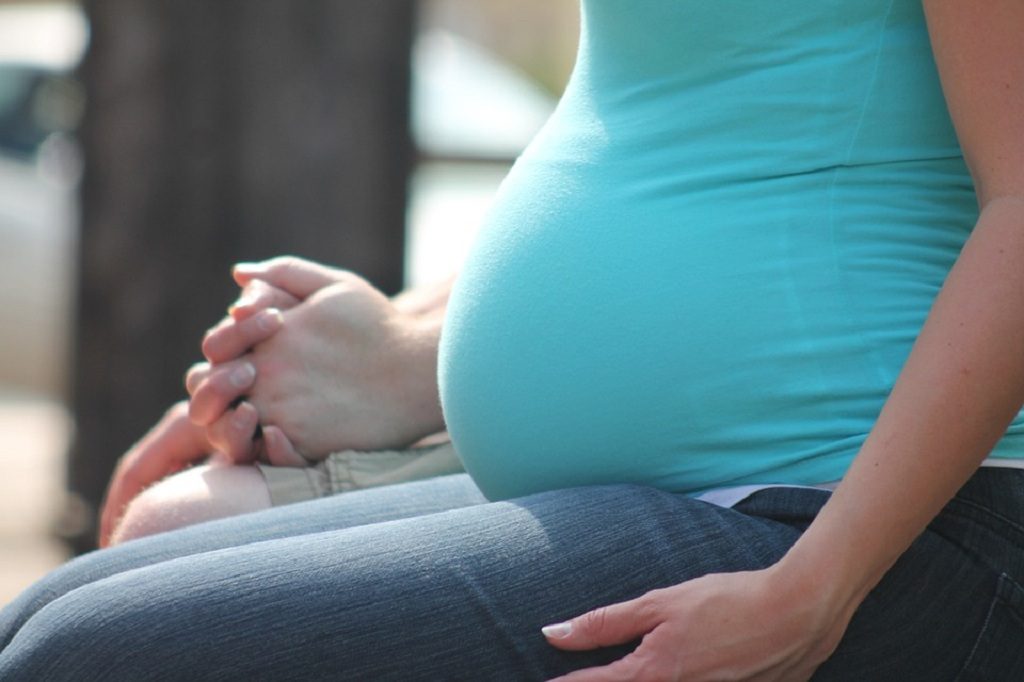
There is myth regarding the name C-section or caesarean section. The Suda, a Byzantine-Greek historical encyclopaedia claimed that Julius Caesar was the first baby born via caesarean. But the truth is not so. As long before Caesar’s birth this procedure used to continue. In Latin, caedere means “to cut”. Now let us know about how the c-section procedure is done. This clearly illustrates the aspect on how did caesarean sections get their name.
Why it is called a cesarean?
It is mainly a surgery done to a pregnant lady to deliver one or more babies. When any complications or difficulties occur in traditional vaginal birth, a c-section is performed. But c-section is avoided before 39 weeks of pregnancy, as till then the baby doesn’t develop well in the womb.
Preparation needed for c-section
At the time of pregnancy during regular check-ups done many tests & examinations determine if mother’s health needs a c-section or a normal vaginal delivery. The decision is taken by doctor with the consent of parents of unborn to lower the risk of complications.
The procedure:
The procedure starts by cleaning expectant’s abdomen. Then intravenous (IV) fluid is injected into arm of the mother. A catheter is put in to keep the bladder empty during surgery. Then anaesthesia is offered. Anaesthesia is of three types, one is given in spinal cord, second one is epidural, last one is general anaesthesia. After the mother gets totally numbed incision is performed, one in mother’s abdomen & another in the uterus. Once incision is made the uterus is exposed. From there the baby is removed. Then the umbilical cord is cut after clamping it. The baby is cleaned to be put into the mother’s arm. Meanwhile, mother’s uterus is repaired by dissolving stitches and closing abdominal incision with sutures.
Follow-ups after delivery
After C-section done, mother & the new born stay in hospital for few days. Mother is given Intravenous fluid (IV) after surgery. It is to adjust the levels of painkillers delivered into the blood stream after anaesthesia wears off. Afterwards doctors recommend walking for some time to prevent any blood clots and constipation. Doctors prescribe some post surgery home care that a mother having c-section should follow. They are-
- Doing correct posture to support abdomen.
- Ample amount of rest should be taken especially for the first week from delivery.
- Pain medications should be taken if needed.
- Drinking plenty of fluid.
- One should call doctor if the following symptoms are experienced.
- Pain during urinating.
- Foul smell comes with vaginal discharge or bleeding with large clots.
- High fever & breast pain occurs.
- Infection attacks such as redness, swelling, or discharge from incision.
Adverse risks from C-Section
Now a days, c-section is a very common delivery type, though some risks remains with the mother & child. Longer recovery time is a common problem lies with the delivery process. Some other risks are like blood clots, severe bleeding, increased risks for future pregnancies, infection, any injury happens during surgery, breathing problem may occur to the child if the c-section is done before 39 weeks of pregnancy.



